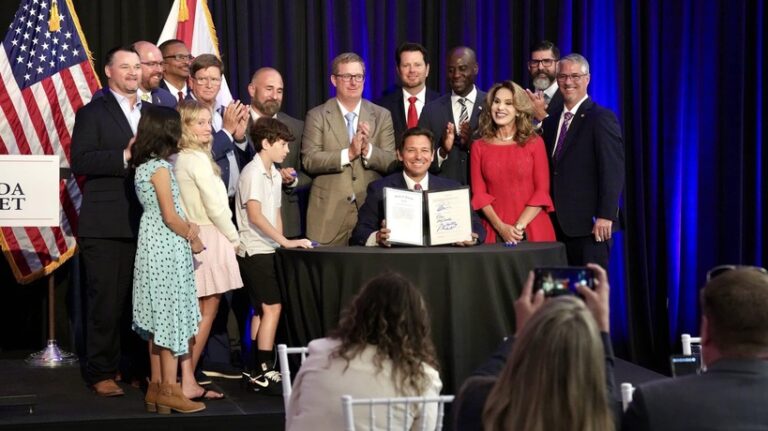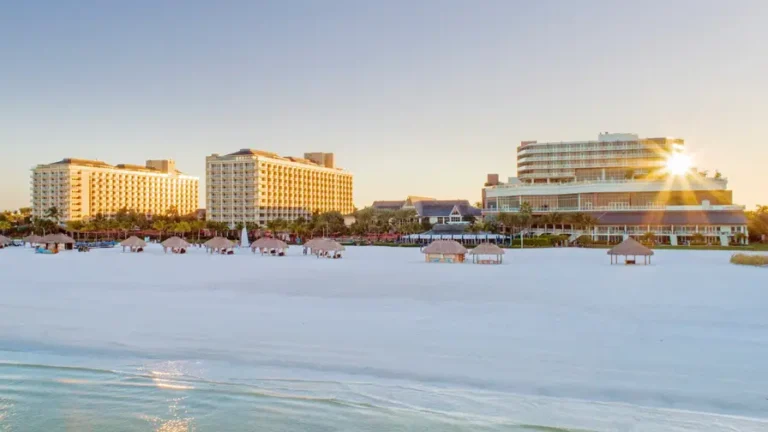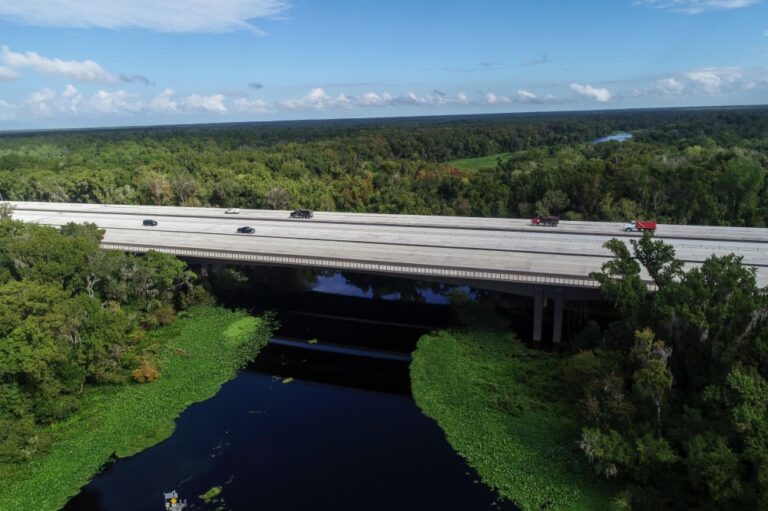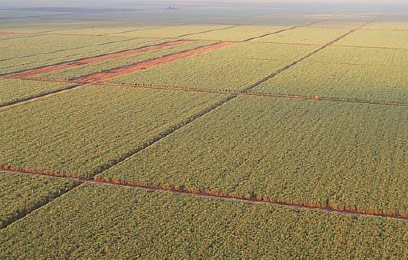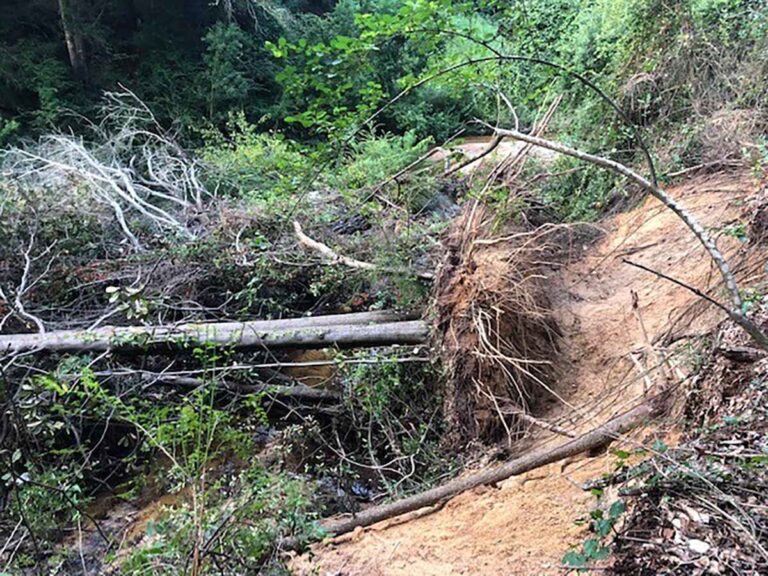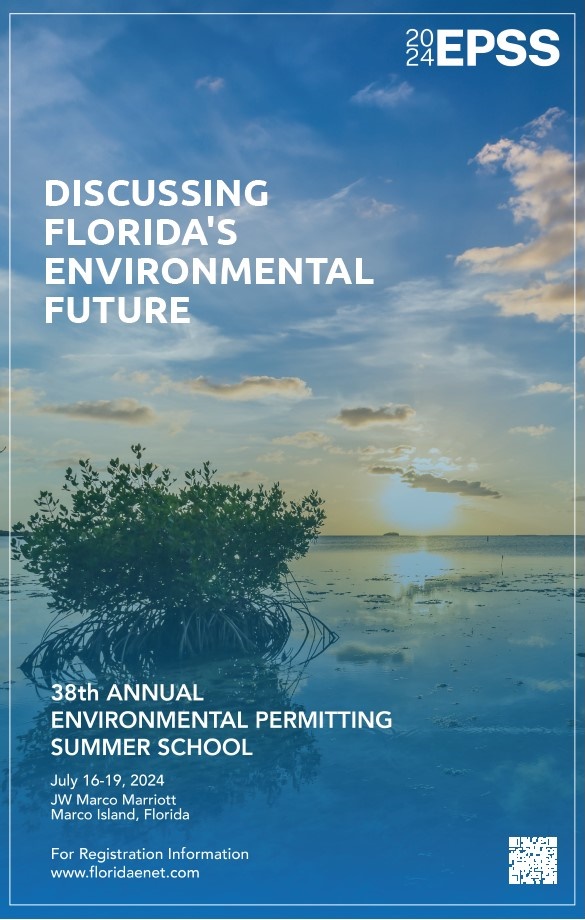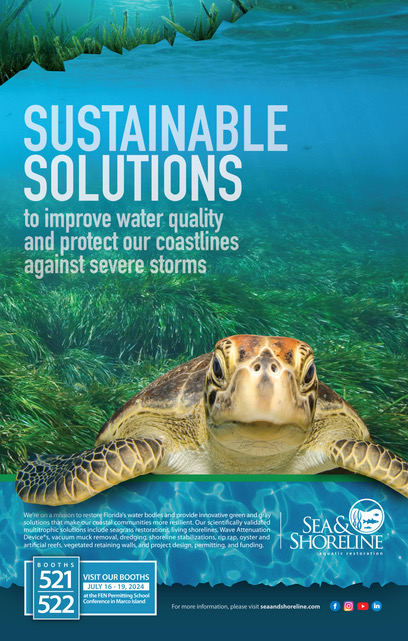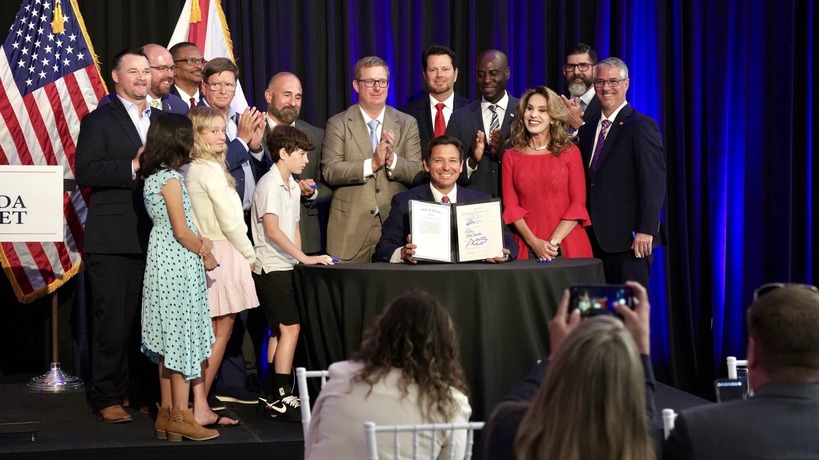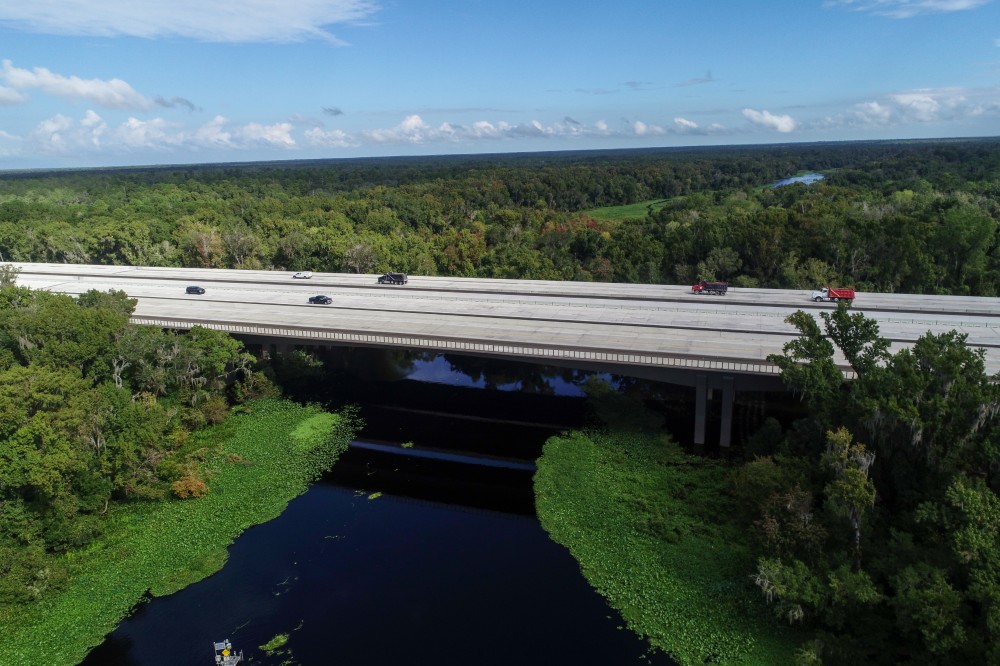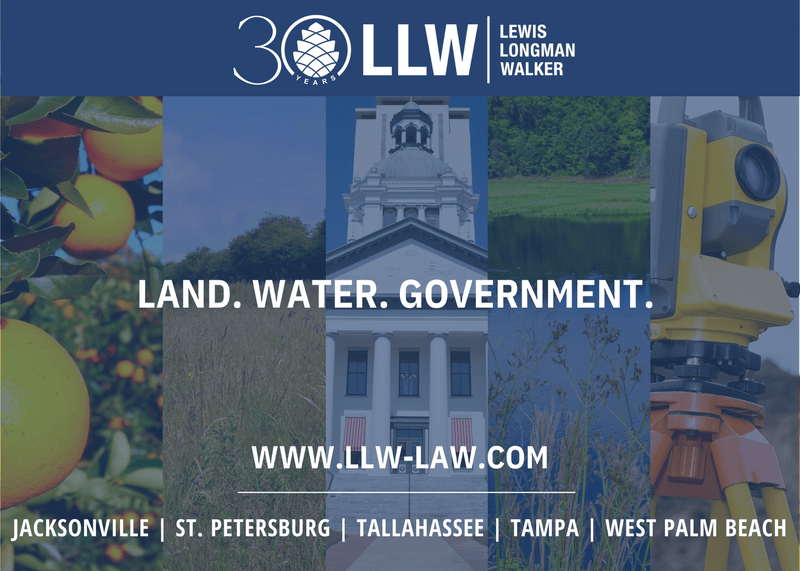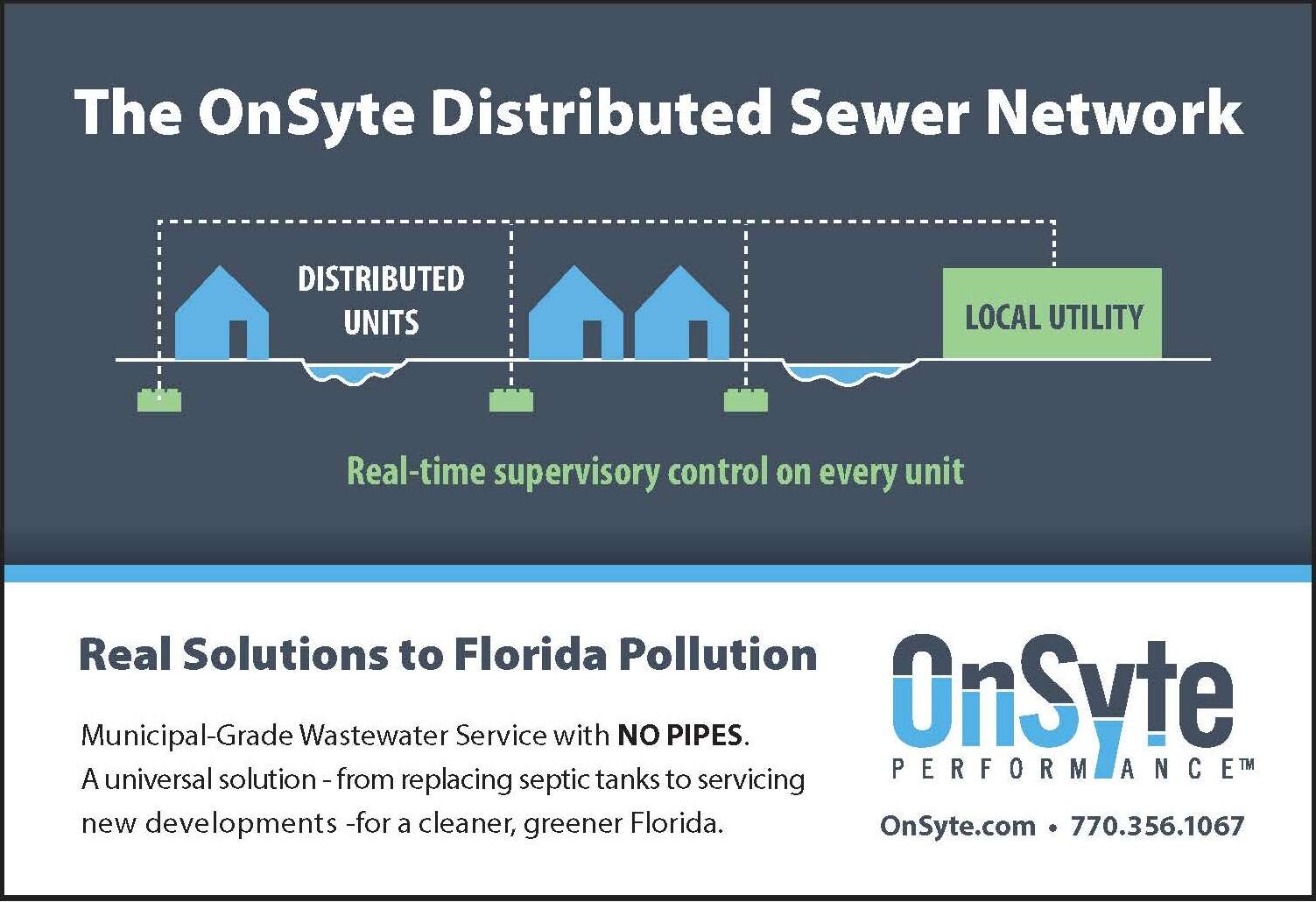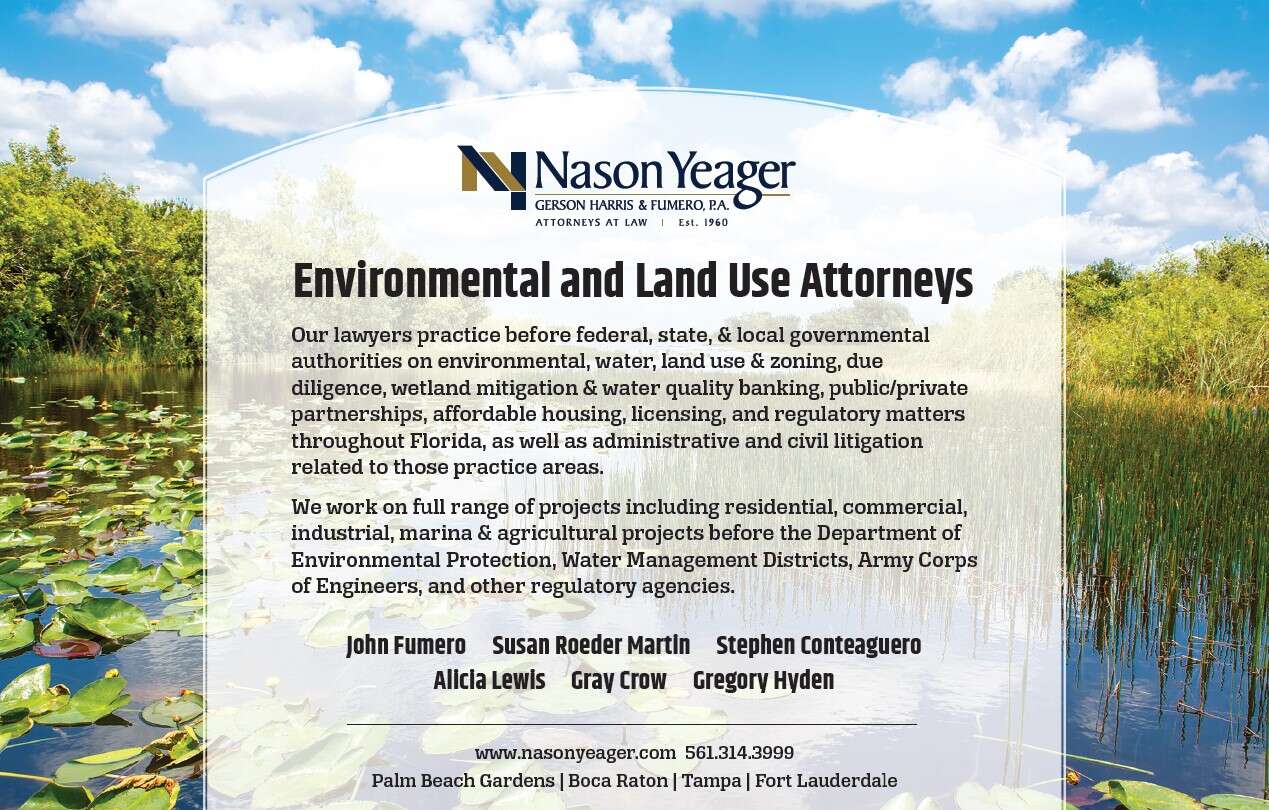By HERSCHEL T. VINYARD
This column is being updated online after the July/August edition was published due to a late June ruling in White v. U.S. Environmental Protection Agency

Mark Twain once said, “there is nothing to be learned from the second kick of a mule.” Unfortunately, the Washington D.C. policymakers for the Environmental Protection Agency (EPA) and the United States Army Corps of Engineers (USACE) are leading their troops into the barn for a second kick.
The recent decision in Sackett v. U.S. Environmental Protection Agency, 598 U.S. 651 (2023), found that Congress limits the jurisdictional reach of the Clean Water Act (CWA) to only those wetlands that are “indistinguishable” from other regulated waters. The decision elaborates on the term “indistinguishable,” finding wetlands are jurisdictional only if they have a “continuous surface connection” to a regulated water such that there is “no clear demarcation between” the wetland and the regulated water, making it “difficult to determine where the ‘water’ ends and the ‘wetland’ begins.”
Sackett emphasizes “indistinguishable” as a relevant requirement for jurisdictional determinations under the CWA. The word “indistinguishable” appears four times in the Sackett majority’s opinion, including in the Court’s final holding when applying the standard to the Sacketts’ lot. The Court states:
In sum, we hold that the CWA extends to only those “wetlands with a continuous surface connection to bodies that are ‘waters of the United States’ in their own right,” so that they are “indistinguishable” from those waters.
Thus, any plain reading of Sackett would lead one to think that the government’s jurisdiction under the CWA has been vastly limited. However, much like the agencies flouted the Court’s holding in Solid Waste Agency of N. Cook Cnty. v. U.S. Army Corps of Engineers, they are also ignoring Sackett’s command. Not a single EPA or USACE ruling, guidance memo, or jurisdictional determination has even mentioned the word “indistinguishable.” In fact, in their September 2023 Joint Coordination Memorandum, the USACE and the EPA determined that jurisdiction is established over a wetland when it shares a “continuous surface connection” with a regulated body of water, conspicuously omitting any requirement for the wetland to be “indistinguishable” from the regulated body of water it abuts.
The EPA and the Office of the Assistant Secretary of the Army for Civil Works in D.C. recently returned a draft jurisdictional determination to the USACE’s Omaha District Office because the wetlands in question might, in their opinion, continue to be jurisdictional under Sackett. In that draft jurisdictional determination, the wetland at issue was separated by “a dirt track road and a seasonally plowed field” from a jurisdictional wetland. The USACE District Office concluded that the wetland at issue had no surface connection to otherwise jurisdictional waters and even the dirt road lacked any wetland indicators. Nevertheless, without any discussion of the fact that the dirt road and plowed field made the two areas clearly distinguishable from one another, the agencies returned the draft jurisdictional determination to the USACE District office to “re-evaluate.”
Federal courts are now beginning to reject the agencies’ claims of jurisdiction based on non-jurisdictional ditches, pipes, and culverts, and claims of jurisdiction over distinguishable wetlands. At the time of writing this article, the only Court of Appeals decision regarding jurisdictional wetlands following Sackett is Lewis v. United States, 88 F.4th 1073 (5th Cir. 2023).
There, the Fifth Circuit spent six paragraphs outlining the torture and legal runaround visited upon a landowner, Mr. Lewis, by the USACE. The Court, in a PG-13 manner that surely caused pearl-clutching throughout the Fifth Circuit’s jurisdiction, sympathetically characterized Mr. Lewis’s position, stating, “Lewis’s position on appeal is simple: he wishes to be set free of further intercourse with the USACE[.]”
The Court flatly concluded that a wetland which is connected to a permanent body of water through roadside ditches, a culvert, and a non-relatively permanent tributary failed to meet the Sackett requirement. It was NOT difficult to determine where the “water” ends and the wetlands begin. The Fifth Circuit reiterated the Supreme Court’s holding in Sackett, finding that:
The Clean Water Act “extends only to those wetlands with a continuous surface connection to bodies that are waters of the United States in their own right, so that they are indistinguishable from those waters.” Further, the Court explained this requires the party asserting jurisdiction over adjacent wetlands to establish “first, that the adjacent [body of water constitutes]…’water[s] of the United States,’ (i.e., a relatively permanent body of water connected to traditional interstate navigable waters); and second, that the wetland has a continuous surface connection with that water, making it difficult to determine where the ‘water’ ends and the ‘wetland’ begins.” This formulation represents the Sackett “adjacency” test. (Citation omitted.)
The Fifth Circuit found that Sackett clearly barred the United States from asserting jurisdiction over Mr. Lewis’s land. The Court found there was “no factual basis as a matter of law for federal Clean Water Regulation of these tracts.”
A Georgia Federal District Court reached the same conclusion as to what are regulated wetlands under Sackett in a Clean Water Act citizen suit. In Glynn Environmental Coalition, Inc. v. Sea Island Acquisition, LLC, 2024 WL 1088585 (S.D. Ga. 2024), a citizen organization attempted to plead a jurisdictional wetlands violation case. The plaintiff alleged that the subject wetlands were connected to a “water of the United States” via culverts and pipes and were thus jurisdictional under the CWA.
The Court began its analysis by restating the jurisdictional limits established by Sackett. It stated:
The CWA only extends to wetlands that are indistinguishable from ‘waters of the United States’ as a practical matter.
The Court determined that even though Plaintiffs alleged that the wetland at issue and a nearby saltmarsh were directly connected via culverts and pipes, this was not enough to fall under the jurisdiction of the CWA. The Court dismissed the complaint:
Because Plaintiffs failed to allege facts indicating the Subject Property is adjacent to the [known jurisdictional waters] and has such a continuous surface connection to it that it is “indistinguishable” from it, Plaintiffs fail to meet the Sackett test for whether a parcel is a “wetland,” and thus “waters of the United States,” under the CWA. Furthermore, the images attached to Plaintiff’s amended complaint indicate there is a clear demarcation between [jurisdictional waters] and the Subject Property.
Clearly, the Court construed the Sackett decision as requiring the wetlands to be indistinguishable from “waters.” The fact that there was a demarcation between the two water features required the Court to conclude the wetlands were not jurisdictional.
Another kick is upcoming in United States v. Ace Black Ranches, LLP, Case No. 1:24cv00113 (D. Idaho 2024), where the government is facing a similar argument. The Defendant landowner, Ace, is seeking to dismiss the government’s suit for its failure to adequately plead that the landowner’s wetlands were “indistinguishable” from the waters of the United States they allegedly abut. Instead, the government again implies that the mere presence of a “continuous surface connection” is sufficient, irrespective of any demarcation that may distinguish the subject wetlands from the traditional “waters.” Again, should the Court choose to follow the command of Sackett, as the Fifth Circuit did in Lewis, this case will be decided in favor of the landowner.
The EPA, however, was able to convince the Court in White v. United States Environmental Protection Agency, et al., Case No. 2:2024-cv-00013 (E.D. N.C. 2024), that Sackett does not require the wetland and water of the United States to be indistinguishable. In that case, a landowner, White, was seeking a preliminary injunction to the recently amended federal wetland rules issued in response to Sackett, as part of an enforcement action against him by the EPA. White argued that Sackett requires that there must be both a “continuous surface connection between the waters and the wetlands and that the two be ‘indistinguishable.’” The Court rejected that argument on June 18 by concluding that if there is a continuous surface connection, the water and the wetland is “indistinguishable.”
To illustrate the absurd by being absurd, the White decision allows the assertion of federal wetlands jurisdiction over a mountain top wetland connection through a series of surface crevices to the lake in the valley below. Is the mountain top wetland “indistinguishable” from the valley water body?
The decision in White also ignores the fact that the Sackett decision never addressed whether there was a “continuous surface connection” between the wetlands on the Sackett property. One would think that if the continuous surface connection factor was as important to the Supreme Court as the court in White stated, the Supreme Court would have at least discussed the type or manner of the connection that was missing between the Sackett lot and the waters of the United States. Such a discussion by the Supreme Court regarding the continuous surface connection was not necessary; the Sackett wetlands were distinguishable from the unnamed tributary in close proximity to the Sackett wetlands.
I have a number of friends at the EPA and USACE. They work hard for the mission. I encourage them to demand that their D.C. leadership get them out of the barn before they get kicked again.
Herschel Vinyard is Partner in Charge of the Jacksonville office of the Adams and Reese law firm. Research and contributions to this article were made by Adams and Reese summer associate, James Tison, law student at the University of Florida Levin College of Law (Class of 2025).


